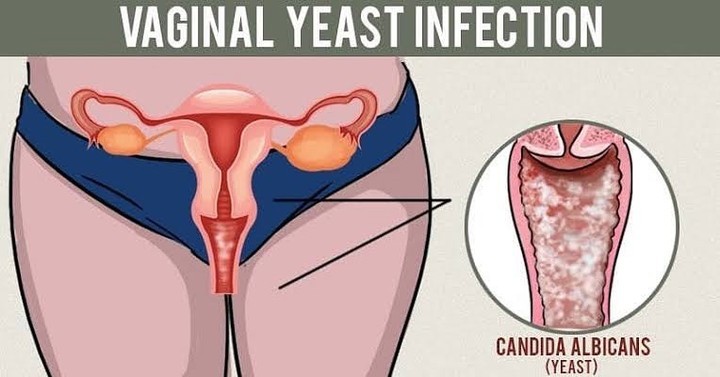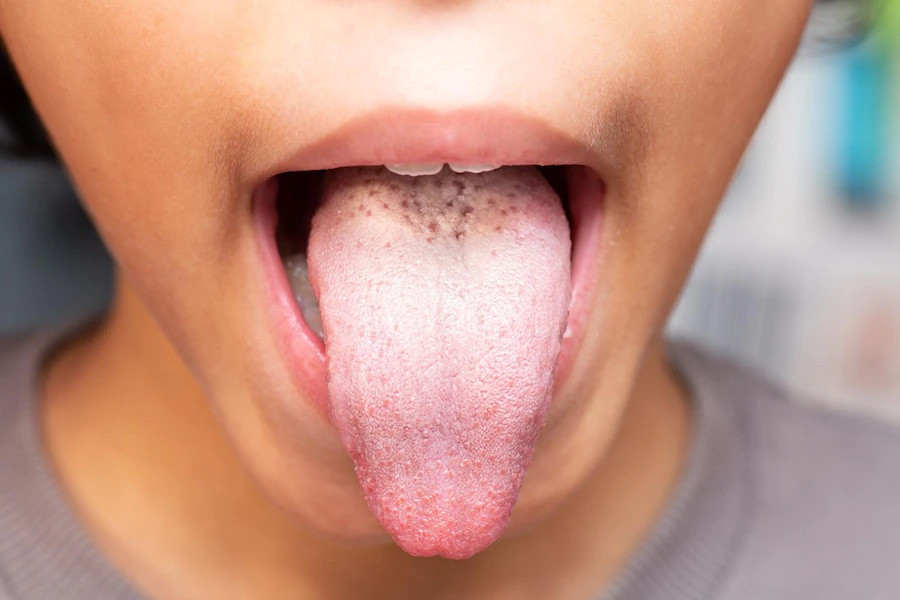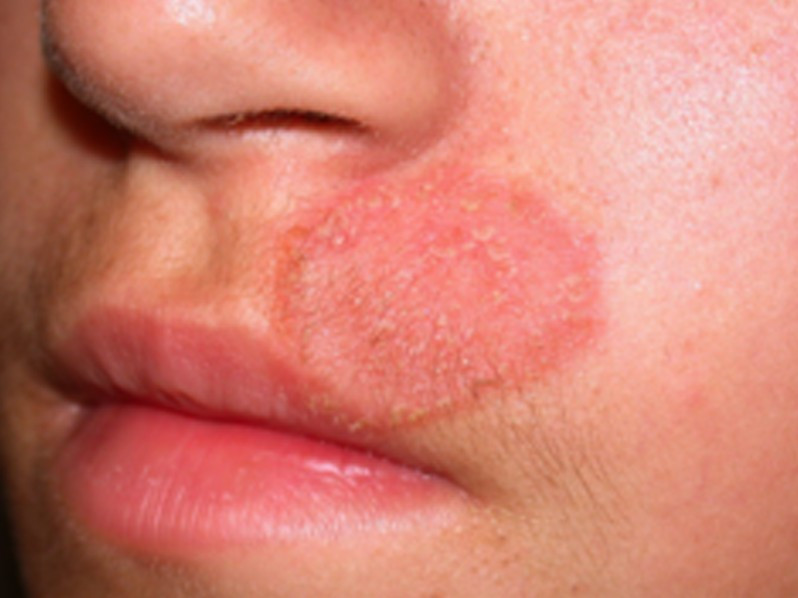Definisi
Onikomikosis merupakan suatu infeksi jamur pada kuku, yang dikenal juga dengan istilah tinea unguium. Onikomikosis dapat terjadi pada kuku jari kaki ataupun kuku jari tangan, akan tetapi infeksi ini lebih sering terjadi pada kuku jari kaki. Onikomikosis dapat menyebabkan kuku berubah warna, menebal, serta menjadi lebih mudah retak dan patah. Infeksi kuku biasanya terjadi melalui retakan atau luka di jari kaki Anda. Akan tetapi, proses perkembangan infeksi jamur pada kuku berjalan perlahan sehingga seringkali perubahan bentuk kuku kurang diperhatikan oleh penderita. Onikomikosis juga dapat terjadi pada beberapa kuku sekaligus.
Kejadian onikomikosis cukup umum terjadi, dan akan meningkat seiring dengan bertambahnya usia. Diperkirakan bahwa onikomikosis memengaruhi 1 dari 10 orang pada setiap populasi, dan akan meningkat menjadi 1 dari 2 orang yang berusia lebih tua dari 70 tahun. Namun, infeksi ini jarang terjadi pada anak-anak.
Penyebab
Onikomikosis dapat disebabkan oleh berbagai organisme jamur yang hidup di lingkungan sekitar. Penyebab paling umum adalah jenis jamur yang disebut dermatofita. Dermatofita adalah mikroorganisme jamur (yang berukuran sangat kecil sehingga tidak bisa dilihat dengan mata telanjang), yang hidup dengan makan dari keratin, yaitu protein yang ditemukan di kuku jari tangan dan kaki, dan membuat struktur kuku menjadi keras. Contoh spesies dermatofita termasuk Epidermophyton, Microsporum, dan Trichophyton. Selain jamur dermatofita, terdapat juga jamur ragi yang menyebabkan 8% infeksi (seperti Candida albicans), dan jamur non-dermatofita yang menyebabkan 2% infeksi jamur pada kuku.
Onikomikosis dapat terjadi pada orang pada usia berapa pun, tetapi lebih sering ditemukan pada orang dewasa yang berumur lebih tua. Seiring bertambahnya usia, kuku bisa menjadi rapuh dan kering sehingga dapat timbul keretakan pada kuku, yang memungkinkan jamur untuk masuk dan menyebabkan infeksi. Masa inkubasi infeksi jamur pada kuku adalah sekitar 3 sampai 6 hari.
Onikomikosis bersifat cukup menular sehingga penderitanya dapat menyebarkan jamur ke orang lain melalui kontak langsung. Anda juga bisa terinfeksi jamur kuku dengan menyentuh permukaan yang telah terinfeksi. Jamur penyebab onikomikosis menyukai tempat yang hangat, lembab, dan gelap sehingga banyak orang yang tertular melalui:
- Berjalan di sekitar tepi kolam renang
- Menggunakan ruang ganti umum atau kamar mandi umum
- Berjalan tanpa alas kaki di tempat umum
Faktor Risiko
Beberapa faktor yang dapat meningkatkan risiko Anda terkena onikomikosis meliputi:
- Berusia tua (lebih dari 60 tahun), proses penuaan akan menyebabkan berkurangnya aliran darah, lebih banyak terpapar jamur selama bertahun-tahun, dan pertumbuhan kuku yang lebih lambat
- Banyak berkeringat (hiperhidrosis)
- Memiliki riwayat penyakit athlete’s foot (infeksi jamur pada jari kaki)
- Berjalan tanpa alas kaki di area umum yang lembab, seperti kolam renang, gym, dan kamar mandi umum
- Memiliki cedera pada kuku atau kulit di sekitar kuku, atau gangguan kulit tertentu, seperti psoriasis
- Memiliki penyakit diabetes, gangguan sirkulasi darah, atau sistem kekebalan tubuh yang lemah (seperti pada penderita gangguan autoimun atau HIV)
- Memakai sepatu yang sempit dan menutupi jari kaki sepenuhnya
- Kontak langsung dan tidak langsung dengan penderita onikomikosis, seperti memakai sepatu atau kaus kaki orang yang terinfeksi
- Memakai kuku palsu
- Memiliki anggota keluarga yang sering terkena infeksi jamur pada kuku
Gejala
Onikomikosis dapat terjadi pada kuku jari kaki dan kuku jari tangan. Gejala dari onikomikosis yang mungkin timbul di antaranya adalah:
- Kuku yang menebal
- Perubahan warna kuku menjadi keputihan atau kuning kecoklatan
- Kuku menjadi rapuh atau retak
- Perubahan bentuk kuku
- Kuku terlihat seperti berkapur atau berawan di beberapa bagian
- Kuku memiliki bau yang agak busuk
- Tidak disertai rasa nyeri
- Kuku tampak terpisah dari alas kuku (sehingga menyisakan ruang di antara kuku dan kulit di bawahnya)
Diagnosis
Dalam mendiagnosis onikomikosis, doker akan mulai mewawancarai Anda. Dokter akan menanyakan hal-hal berikut:
- Gejala-gejala apa saja yang Anda alami
- Sejak kapan gejala timbul
- Bagian kuku mana saja yang terpengaruh
- Riwayat infeksi kuku sebelumnya
- Riwayat pengobatan yang sudah dilakukan
- Riwayat kesehatan medis Anda secara menyeluruh, termasuk penyakit-penyakit lain yang mungkin pernah Anda derita sebelumnya
Kemudian, dokter akan melakukan pemeriksaan fisik. Dokter akan melihat langsung daerah kuku yang terinfeksi. Pada dasarnya, diagnosis onikomikosis dapat ditegakkan berdasarkan hasil wawancara dan dari tampilan klinis kuku. Namun, biasanya dokter akan mengonfirmasi hasil temuan dari pemeriksaan fisik dengan pemeriksaan penunjang.
Pemeriksaan penunjang yang biasanya akan dilakukan dokter adalah dengan mengerok sebagian kecil kuku dan jaringan di bawah kuku untuk dijadikan sampel yang akan dikirim ke laboratorium untuk diperiksa di bawah mikroskop. Sampel tersebut biasanya akan dicampurkan dengan larutan KOH (Kalium Hidroksida) sehingga memudahkan dokter untuk melihat struktur jamur di bawah mikroskop. Jika pada pemeriksaan kerokan kuku tidak ditemukan jamur, biasanya dokter akan menyarankan pemeriksaan kultur jamur, dengan mengembang-biakkan sampel yang diduga terdapat jamur pada suatu media khusus.
Tata Laksana
Onikomikosis terkadang cukup sulit untuk disembuhkan dan biasanya tidak akan hilang tanpa pengobatan antijamur. Anda mungkin perlu merawat kuku jari Anda selama beberapa bulan untuk menghilangkan jamur dan onikomikosis sering muncul kembali. Beberapa pilihan terapi yang dapat diberikan oleh dokter Anda adalah:
1. Obat Antijamur
Obat antijamur yang diberikan dokter bisa dalam bentuk obat oles maupun obat minum. Obat oles dipakai dengan dioleskan tepat di atas kuku. Obat antijamur oles paling efektif bila dipasangkan dengan obat antijamur minum.
Obat minum seperti Terbinafine, Itraconazole, dan Fluconazole, dapat diberikan dokter untuk mengobati infeksi jamur. Anda perlu minum obat ini setiap hari selama beberapa bulan (atau lebih lama). Dokter mungkin akan melakukan tes darah untuk memeriksa potensi efek samping obat. Obat-obatan ini dapat memengaruhi hati dan berinteraksi dengan obat lain, sehingga penggunaannya harus diawasi dokter.
2. Perawatan Laser
Pada terapi ini, dokter akan mengarahkan sinar laser berteknologi tinggi dan lampu khusus pada kuku kaki untuk mengobati jamur. Akan tetapi, tingkat kesembuhan yang dihasilkan perawatan laser lebih rendah dibandingkan pengobatan antijamur oral dan topikal sehingga biasanya tidak digunakan sebagai perawatan lini pertama untuk onikomikosis.
3. Pengangkatan Kuku
Dokter mungkin menyarankan pembedahan untuk mengangkat kuku secara sementara sehingga dapat mengoleskan obat antijamur langsung ke infeksi di bawah kuku. Pada onikomikosis yang tidak merespon terhadap obat-obatan, dokter mungkin akan menyarankan pencabutan kuku secara permanen, terutama jika infeksinya parah atau sangat menyakitkan.
Komplikasi
Pada dasarnya, infeksi jamur kuku bisa menyebar ke area lain pada tubuh. Akan tetapi, onikomikosis biasanya tidak menyebar di luar jari kaki. Beberapa jamur dermatofita dapat menyebar dengan mudah ke kulit. Infeksi jamur pada kuku dapat menyebar ke:
- Kuku kaki lainnya
- Kulit di antara jari-jari kaki Anda
- Daerah selangkangan
- Kulit di atas kepala
Komplikasi lain dari onikomikosis yang mungkin terjadi, antara lain:
- Infeksi jamur pada kuku yang berulang
- Kehilangan permanen kuku yang terkena
- Perubahan warna pada kuku yang terinfeksi
- Terjadinya infeksi kulit akibat bakteri yang disebut selulitis
Pencegahan
Tidak ada cara yang dapat menjamin bahwa Anda tidak akan terkena infeksi jamur pada kuku. Akan tetapi, Anda dapat melakukan beberapa langkah berikut untuk membantu mencegahnya:
- Hindari berjalan kaki tanpa alas kaki di area umum seperti kamar hotel, kamar mandi umum, ruang ganti dan kolam renang
- Jika Anda memiliki anggota keluarga yang menderita onikomikosis, coba gunakan kamar mandi yang berbeda atau gunakan sandal jepit di kamar mandi untuk menghindari kontak dengannya
- Bersihkan gunting kuku Anda sebelum menggunakannya
- Jangan merobek atau merusak kuku kaki Anda dengan sengaja
- Jika Anda menderita diabetes, ikuti semua rekomendasi perawatan kaki dari dokter Anda
- Jaga agar kaki Anda tetap kering. Pastikan untuk mengeringkan kaki Anda sepenuhnya setelah mandi
- Rendam kuku kaki dalam air hangat sebelum dipotong atau Anda bisa memotong kuku setelah mandi
- Kenakan sepatu dengan ukuran yang tepat, jangan terlalu longgar atau ketat di sekitar jari kaki
Kapan Harus ke Dokter?
Konsultasikan diri Anda ke dokter jika Anda mengalami gejala-gejala yang mengarah ke onikomikosis. Dokter akan membantu menegakkan diagnosis dan memberikan tatalaksana yang tepat. Perlu diingat bahwa pengobatan onikomikosis mungkin memerlukan waktu yang cukup lama.
Mau tahu informasi seputar penyakit lainnya? Cek di sini, ya!
- dr Hanifa Rahma
Bodman, MA., et al. Onychomycosis. (2021). Retrieved 28 April 2022, from https://www.ncbi.nlm.nih.gov/books/NBK441853/
CDC. Fungal Nail Infection. (2020). Retrieved 28 April 2022, from https://www.cdc.gov/fungal/nail-infections.html
Davis, Charles Patrick. Fungal Nail Infection (Onychomycosis). (2020). Retrieved 28 April 2022, from https://www.emedicinehealth.com/onychomycosis/article_em.htm
Kahn, A. Fungal Nail Infection. (2019). Retrieved 28 April 2022, from https://www.healthline.com/health/fungal-nail-infection
Nail Fungus. (2020). Retrieved 28 April 2022, from https://www.mayoclinic.org/diseases-conditions/nail-fungus/symptoms-causes/syc-20353294
Toenail Fungus. (2020). Retrieved 28 April 2022, from https://my.clevelandclinic.org/health/diseases/11303-toenail-fungus












